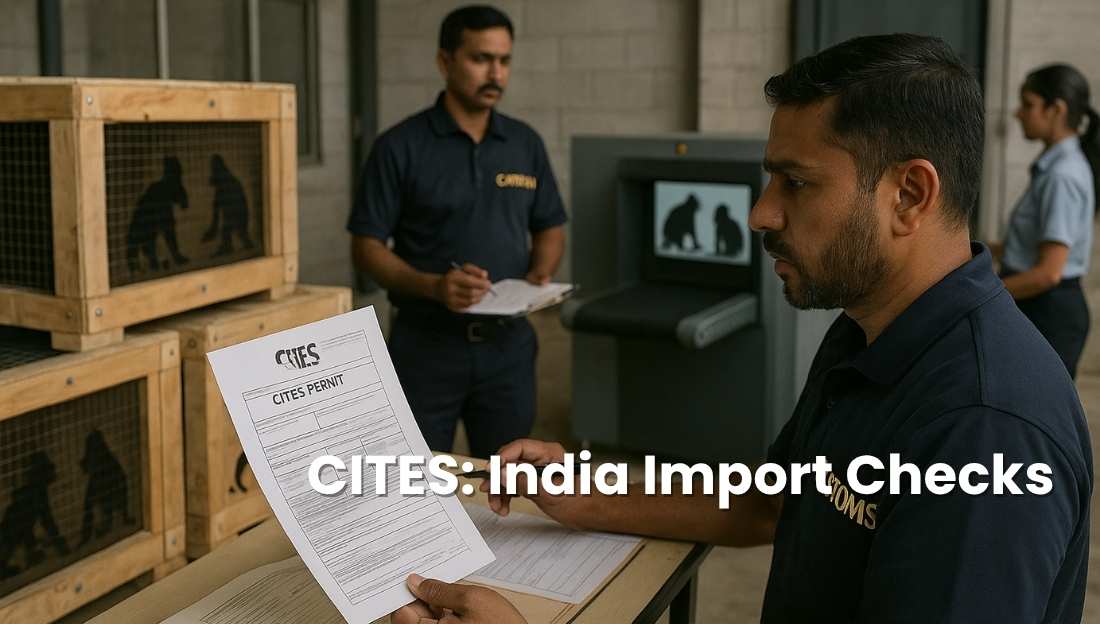Industrial expansion is increasingly linked to reduced green cover norms and reliance on small on-site green belts, raising concerns that such symbolic measures may not reflect true environmental responsibility or ecological sustainability.
Limits of Plot-Level Green Cover
- Green belts within industrial plots reduce dust, noise, and improve local air quality.
- These provide local benefits, like microclimate regulation and visual greening.
- But they do not restore biodiversity, hydrological cycles, or ecological resilience.
- They are mitigative, not restorative—they do not compensate for large-scale land conversion damage.
- Industrial green belts are often too narrow, fragmented, and isolated to support long-term ecological functions.

Misconception: Green Belts = Sustainability
- Policymakers often view green cover guidelines as environmental compliance.
- But applying uniform green cover targets across different regions is ecologically unscientific.
- Areas with dense population and heavy industry need wider ecological buffers for pollution control.
- Instead of fixed percentage-based green norms, a landscape-specific strategy is needed.
- Borrowing norms from different countries without considering local population, biodiversity, or climate leads to ineffective planning.
Smart EXIM Warehouse System
A balanced ecological planning strategy should include:
- State or regional green reserves near industrial clusters.
- Restoration of natural ecosystems, wetlands, riverbanks, mangroves, and degraded forests.
- Creation of green corridors and ecological connectivity for wildlife and climate regulation.
- Linking industrial projects with carbon offset programmes and green credits.
- Mandatory ecological health assessment before industrial clearance.
This approach would ensure environmental sustainability at landscape scale, not just within plot boundaries.
Industries as Ecological Stewards
- Industrial growth should not be seen as an enemy of environmental protection.
- Industries can support large-scale ecosystem restoration by:
- Funding reforestation and watershed protection.
- Supporting biodiversity conservation initiatives.
- Restoring degraded lands, wetlands, and buffer zones.
- Instead of being mere polluters to be penalised, industries can become partners in ecological restoration.
Policy Recommendations
- Replace rigid plot-level green norms with science-based, region-specific policies.
- Promote public-private partnerships for ecosystem restoration.
- Encourage carbon credits, ecological compensation, and biodiversity offsets.
- Align green strategies with climate action, sustainable development, and regional planning.
Way Forward
- The future of sustainable development lies not in small isolated green patches, but in large, interconnected natural ecosystems.
- Industrial compliance should evolve from symbolic green efforts to systemic ecological restoration.
- Environmental responsibility must move from plot-based protection to landscape-level resilience.
Conclusion
Environmental sustainability cannot be achieved by simply planting trees around factory walls. True ecological responsibility requires industries to become active partners in restoring natural ecosystems at a landscape scale, ensuring long-term environmental health and resilience.
This topic is available in detail on our main website.





